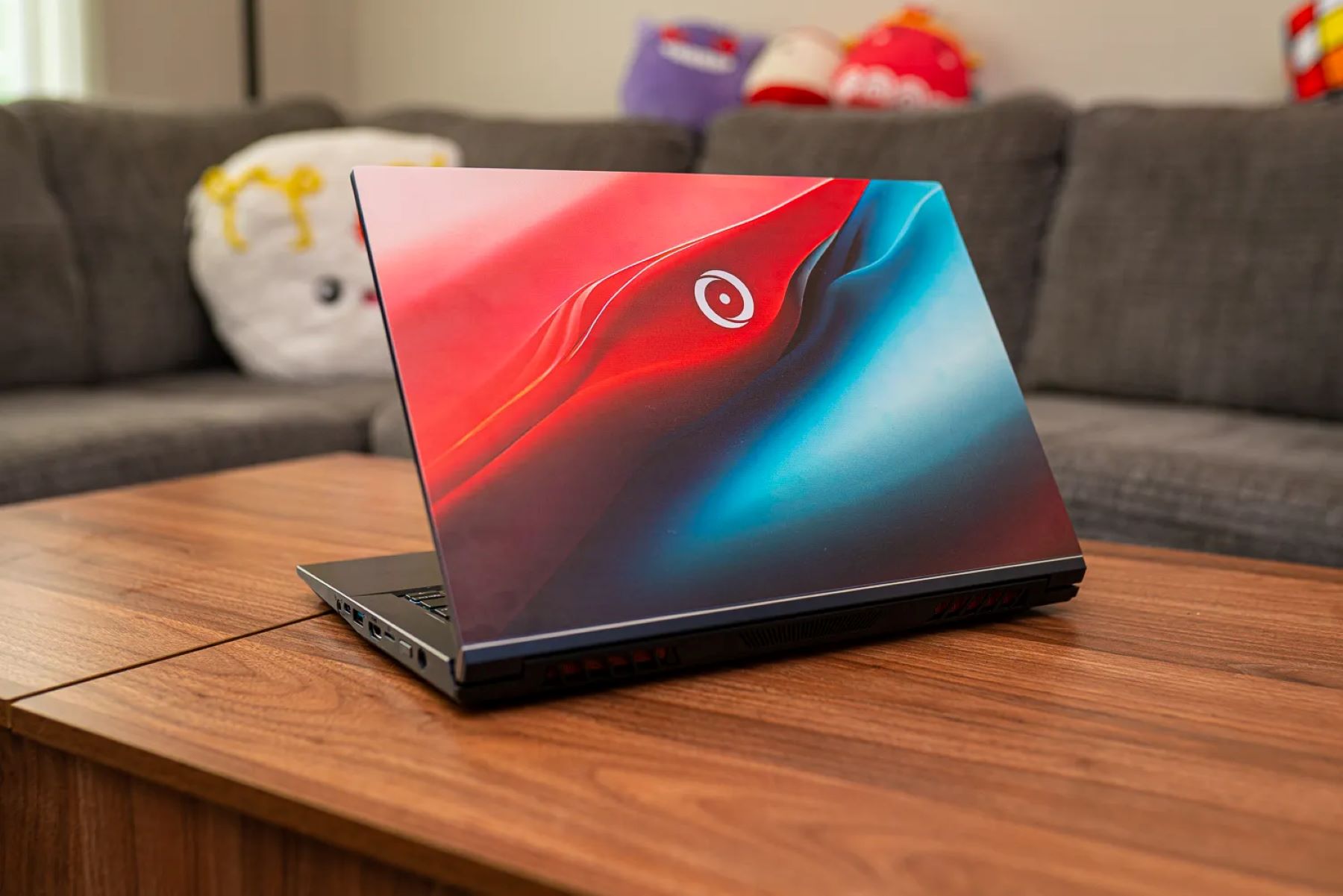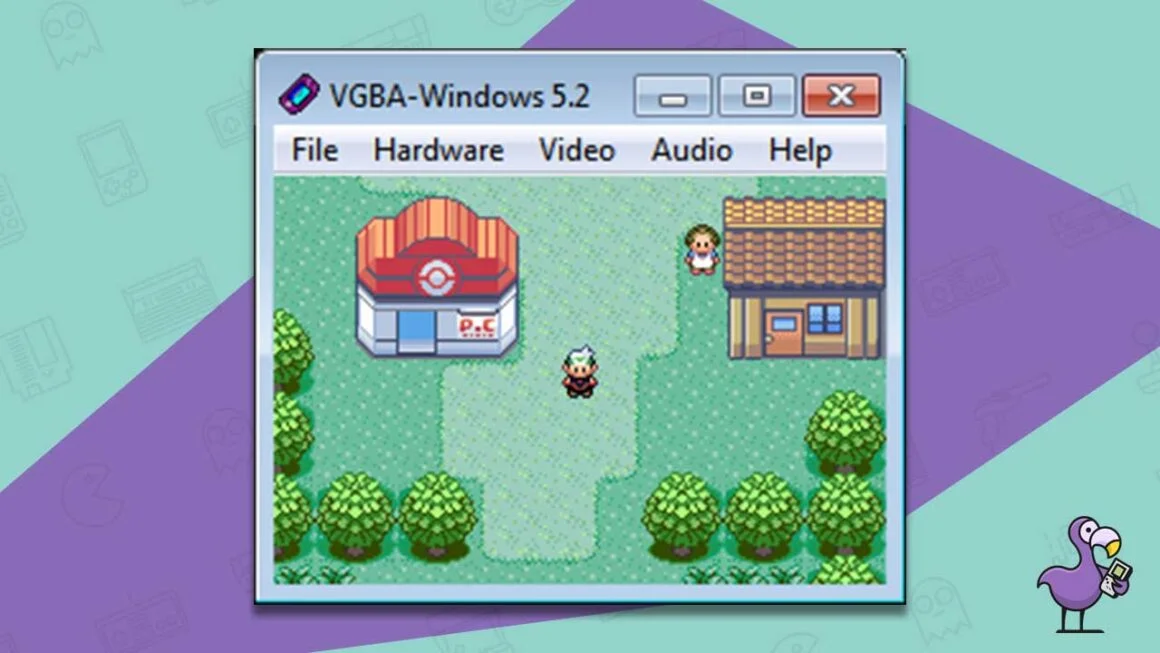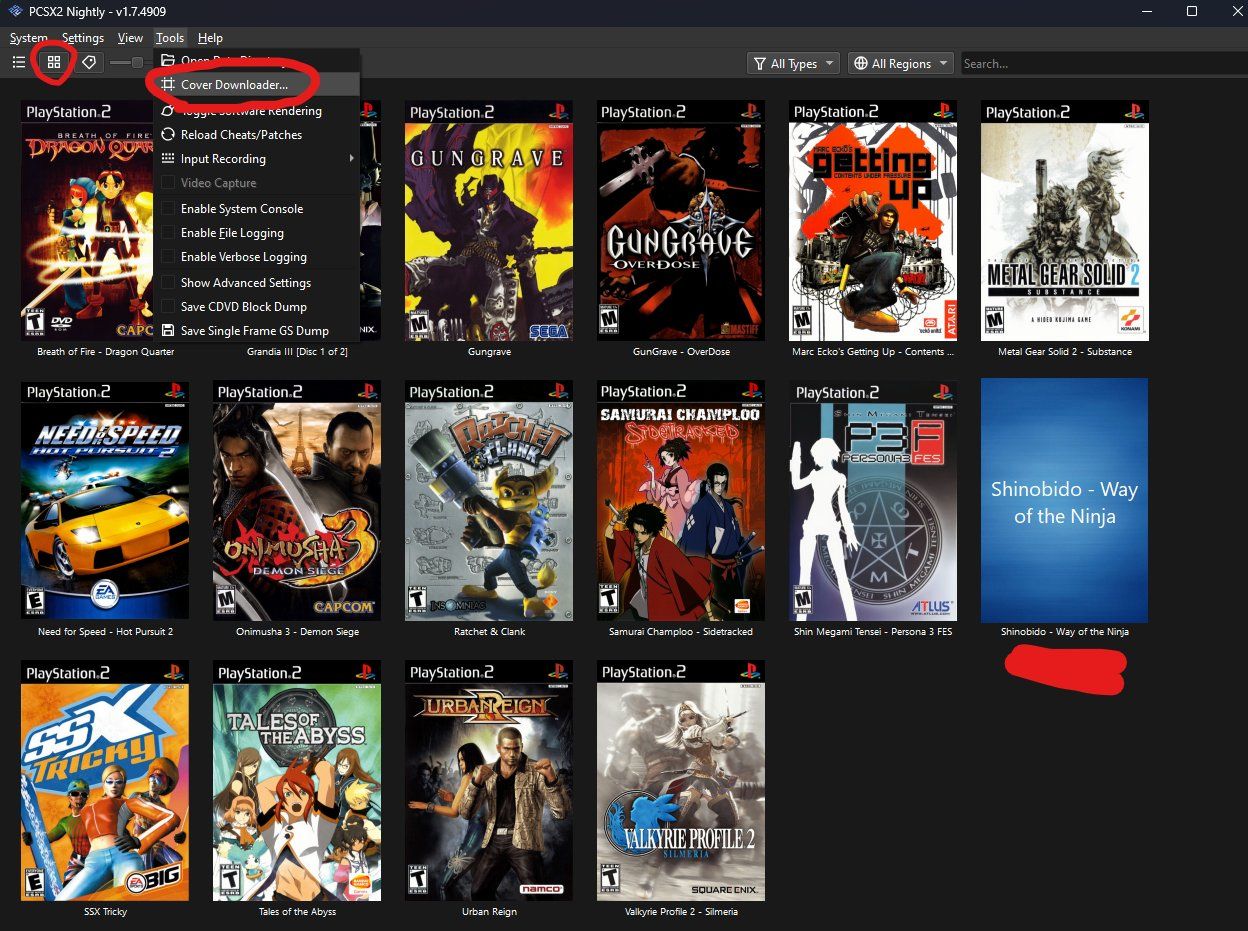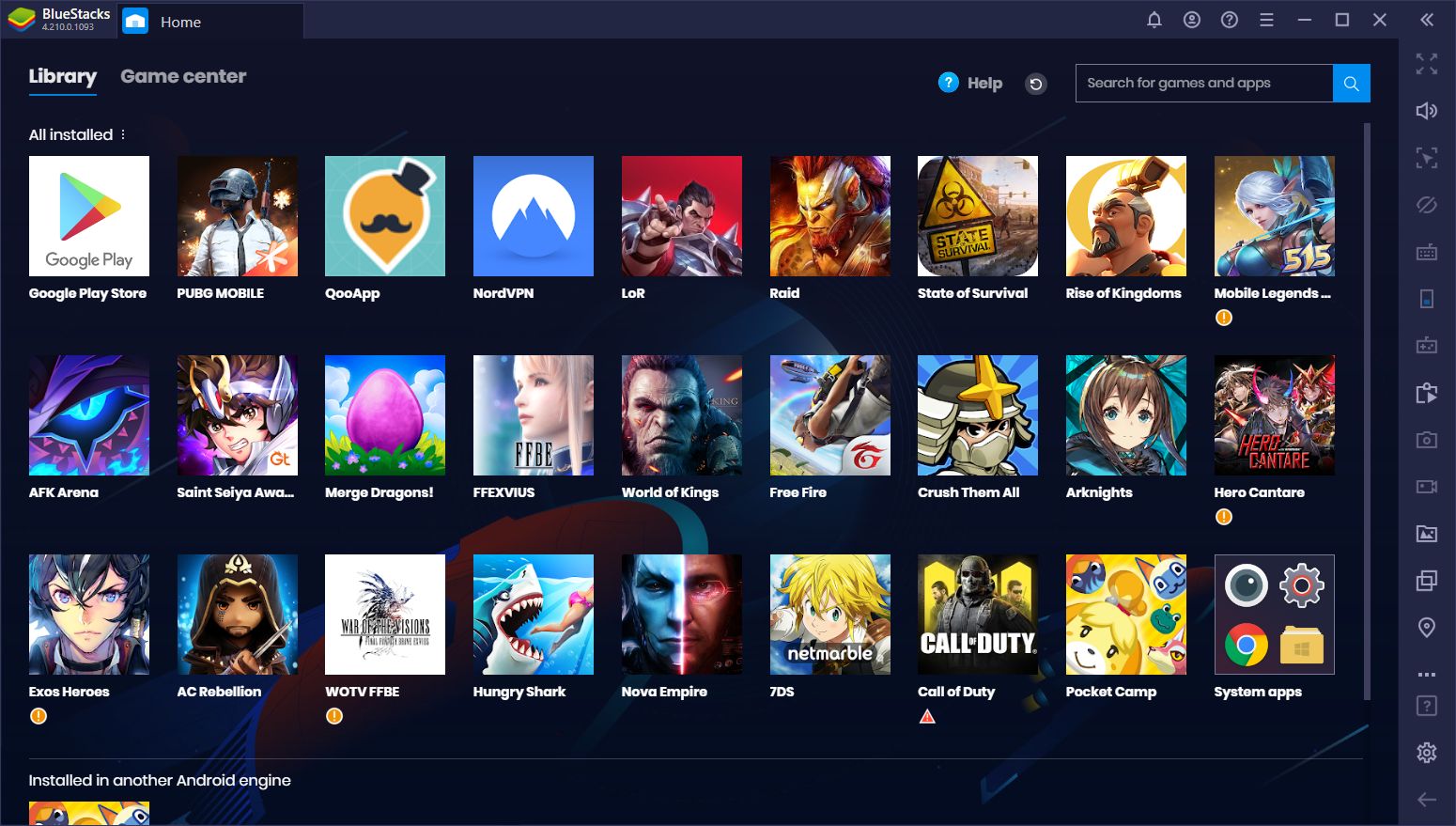Introduction
Configuring a game controller in Origin can significantly enhance your gaming experience, providing you with precise control and a more immersive gameplay environment. Whether you prefer the familiarity of a controller for certain game genres or simply find it more comfortable to use, setting up your game controller in Origin is a straightforward process that can be completed in just a few simple steps. This guide will walk you through the process, ensuring that you can seamlessly transition from keyboard and mouse to your preferred game controller.
By following the steps outlined in this tutorial, you'll be able to customize your controller settings to suit your preferences, allowing you to enjoy your favorite games with the control scheme that best suits your playstyle. Whether you're a casual gamer looking to relax with a controller or a competitive player seeking an edge, configuring your game controller in Origin can make a significant difference in your gaming performance and overall enjoyment.
Now, let's dive into the step-by-step process of connecting and configuring your game controller in Origin, so you can start gaming with precision and comfort. Whether you're using a PlayStation, Xbox, or other compatible game controller, this guide will help you make the most of your gaming experience. Let's get started!
Step 1: Connect the Game Controller to Your Computer
The first step in configuring your game controller in Origin is to ensure that it is properly connected to your computer. Depending on the type of controller you have, the connection method may vary.
If you’re using a wired controller, simply connect it to an available USB port on your computer using the appropriate cable. Once connected, your computer should automatically detect the controller, and it will be ready for configuration in Origin.
For wireless controllers, you’ll need to pair them with your computer using Bluetooth or a wireless adapter. If your computer has built-in Bluetooth capability, you can pair your controller by navigating to the Bluetooth settings and following the on-screen instructions to add a new device. If your computer doesn’t have built-in Bluetooth, you can use a wireless adapter that’s compatible with your controller to establish a wireless connection.
Once your controller is connected to your computer and recognized as an input device, you’re ready to proceed to the next step of configuring it within Origin. This seamless connection process ensures that your controller is ready to be customized to your preferences, allowing for a smooth and hassle-free gaming experience.
Step 2: Open Origin and Navigate to Settings
After ensuring that your game controller is properly connected to your computer, the next step is to open the Origin application and navigate to the settings menu. Launch the Origin client on your computer and log in to your account to access the settings where you can configure your controller.
Once you’re logged in, locate and click on the “Origin” tab in the top menu bar of the application. From the dropdown menu, select “Application Settings.” This will open the settings window, where you can adjust various preferences and configurations related to your Origin account and gameplay settings.
Within the settings window, you’ll find a section specifically dedicated to controller settings. Click on the “Controller” or “Gamepad” tab to access the controller configuration options. Here, you’ll be able to customize the button mappings, sensitivity, and other controller-specific settings to tailor the gameplay experience to your liking.
By navigating to the controller settings within the Origin application, you gain access to the tools needed to fine-tune your controller’s behavior and responsiveness, ensuring that it aligns with your preferred gaming style. This seamless integration of controller settings within the Origin platform allows for a convenient and user-friendly configuration process, empowering you to optimize your gaming experience with ease.
Step 3: Select the Controller Settings
Once you’ve accessed the settings menu within the Origin application, the next step is to navigate to the specific controller settings that will allow you to customize and configure your game controller to your preferences. Within the controller settings section, you’ll find a range of options to tailor the behavior and functionality of your controller to best suit your gaming needs.
Upon clicking on the “Controller” or “Gamepad” tab within the settings window, you’ll be presented with a variety of configuration options, such as button mapping, sensitivity adjustments, and other controller-specific settings. These settings provide you with the flexibility to remap buttons, adjust trigger sensitivity, and fine-tune the overall responsiveness of your game controller within the Origin platform.
Additionally, you may have the option to select different preset configurations for popular game genres or specific titles, streamlining the setup process for optimal compatibility with a wide range of games available on the Origin platform. This feature simplifies the configuration process, ensuring that your controller is ready to deliver a seamless gaming experience across various game titles.
By selecting the controller settings within the Origin application, you gain the ability to personalize your gaming experience, enhancing your control and comfort while playing your favorite games. The intuitive interface and comprehensive range of customization options empower you to configure your game controller with precision, ensuring that it becomes an extension of your gaming style.
Step 4: Configure the Game Controller Buttons
With the controller settings accessible within the Origin application, you can proceed to customize the individual buttons and inputs of your game controller to align with your preferred gameplay style. This step allows you to tailor the button mappings to suit your comfort and convenience, ensuring a seamless and intuitive gaming experience.
Upon entering the button configuration interface, you’ll be presented with a visual representation of your game controller, displaying each button and input axis for customization. By selecting a specific button or input, you can assign alternative functions or remap it to better suit your gaming preferences.
For example, if you prefer a different layout for the buttons or find it more comfortable to have specific functions reassigned to different inputs, you have the flexibility to make these adjustments within the controller configuration interface. Additionally, you may have the option to save multiple custom configurations, allowing you to switch between different button mappings based on the game you’re playing or your personal preferences at any given time.
Furthermore, sensitivity adjustments for analog sticks and triggers may also be available, enabling you to fine-tune the responsiveness of these inputs to match your desired level of control and precision during gameplay. These customization options empower you to optimize the behavior of your game controller, ensuring that it complements your gaming experience with tailored precision and comfort.
By configuring the game controller buttons within the Origin platform, you can personalize your gaming setup to reflect your unique playstyle, providing you with a level of control and immersion that enhances your overall enjoyment of the gaming experience. This level of customization ensures that your game controller becomes an extension of your gaming identity, allowing you to game with confidence and precision.
Step 5: Save and Test Your Configuration
After customizing the button mappings and fine-tuning the settings of your game controller within the Origin platform, it’s essential to save your configurations to ensure that your preferences are retained for future gaming sessions. Once you’ve saved your settings, you can proceed to test the configured controller to verify that it operates according to your personalized setup.
Upon completing the customization process, look for an option to save your controller configurations within the settings interface. This may involve selecting a “Save” or “Apply” button to store your personalized settings, ensuring that they are retained for future use across various games within the Origin platform.
Following the successful saving of your controller configurations, it’s time to test your customized game controller to ensure that it behaves according to your preferences. Launch a game from your Origin library and engage in gameplay to assess the functionality and responsiveness of your controller based on the configured settings.
During the testing phase, pay attention to how the remapped buttons and sensitivity adjustments perform in the game environment. Verify that the customized configurations provide you with the level of control and comfort you aimed to achieve, allowing you to seamlessly navigate and interact within the game with the precision and responsiveness tailored to your gaming style.
If you encounter any discrepancies or find that certain aspects of the controller configuration require further adjustments, you can revisit the controller settings within the Origin application to refine your configurations as needed. This iterative process ensures that you can continuously tailor your controller settings to match your evolving gaming preferences and the specific requirements of different game titles.
By saving and testing your controller configuration within the Origin platform, you can validate that your personalized settings are successfully applied and optimized for your gaming experience. This final step ensures that your game controller operates in accordance with your tailored preferences, providing you with the confidence and comfort to immerse yourself in your favorite games with precision and control.

























